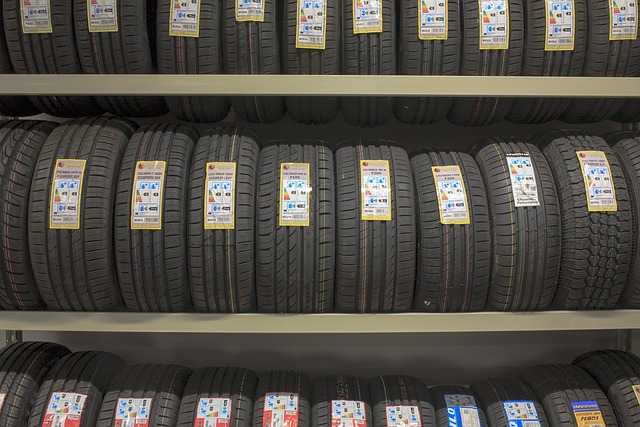Your tires are the only thing connecting your car to the road, so choosing the right type is crucial for safety and performance. But with summer, winter, all-season, and all-weather tires available, it can be confusing to know which ones you actually need. Let’s break down the differences and the safe tread depths for each type.
Summer Tires
Best For: Warm weather and high-performance driving
Summer tires are designed to deliver superior grip, handling, and braking on dry and wet roads in warm temperatures. They have a softer rubber compound that provides excellent traction but can harden and lose grip when temperatures drop below 45°F.
Pros:
✅ Excellent grip on dry and wet roads
✅ Enhanced cornering and braking performance
✅ Sporty, responsive handling
Cons:
❌ Unsafe in cold weather, snow, or ice
❌ Wears out faster in extreme heat
Safe Tread Depth for Summer Driving
- Minimum safe depth: 3/32 inches
- Recommended replacement depth for best performance: 4/32 inches
Winter Tires
Best For: Snow, ice, and freezing temperatures
Winter tires are made for extreme cold and snowy conditions. Their rubber compound stays flexible in freezing temperatures, and their deep tread patterns provide better traction on snow and ice. They’re marked with the 3-Peak Mountain Snowflake (3PMSF) symbol, meaning they meet winter traction standards.
Pros:
✅ Superior grip in snow, slush, and ice
✅ Stays flexible in freezing temperatures
✅ Shorter stopping distances on winter roads
Cons:
❌ Wears out quickly in warm weather
❌ Less fuel-efficient than summer or all-season tires
Safe Tread Depth for Winter Driving
- Minimum safe depth: 5/32 inches
- Recommended replacement depth for maximum snow and ice grip: 6/32 inches
All-Season Tires
Best For: Mild climates with light winter conditions
All-season tires are designed for balanced performance in a variety of conditions. They handle dry and wet roads well and offer some traction in light snow, making them a popular choice in areas with mild winters. However, they don’t perform as well as summer tires in the heat or winter tires in the snow.
Pros:
✅ Good year-round performance in moderate weather
✅ Longer lifespan than summer or winter tires
✅ More fuel-efficient and quieter than winter tires
Cons:
❌ Limited grip in heavy snow or extreme cold
❌ Doesn’t perform as well as summer tires in hot weather
Safe Tread Depth for All-Season Tires
- Minimum safe depth: 4/32 inches
- Recommended replacement depth for balanced performance: 5/32 inches
All-Weather Tires
Best For: Drivers who need year-round performance, including winter conditions
All-weather tires are a hybrid between all-season and winter tires. They are designed to handle both summer heat and winter snow, and they carry the 3PMSF symbol, meaning they’re legally approved for winter use. If you live in a place with unpredictable weather but don’t want to swap tires seasonally, all-weather tires might be the best choice.
Pros:
✅ Certified for winter use (3PMSF symbol)
✅ Better snow and ice performance than all-season tires
✅ Usable year-round
Cons:
❌ Not as good as dedicated winter tires in extreme cold
❌ Doesn’t provide the same handling as summer tires in hot weather
Safe Tread Depth for All-Weather Tires
- Minimum safe depth: 4/32 inches
- Recommended replacement depth for best safety: 5/32 inches
Which Tires Should You Choose?
- Live in a warm climate (e.g., Florida, Texas, Arizona)? → Summer tires will give you the best grip and performance.
- See heavy snow and freezing temps (e.g., New York, Colorado)? → Winter tires are a must for safe driving.
- Experience mild winters with occasional snow (e.g. Oregon)? → All-season tires are a good balance.
- Need a tire that works year-round, including winter (e.g., Washington, Oregon)? → All-weather tires offer versatility.
Final Tip: Check Your Tread Depth Regularly!
No matter what tires you choose, worn-out tread reduces traction and increases stopping distances. Checking your tread regularly and replacing your tires at the recommended depths can help prevent accidents and improve performance.



